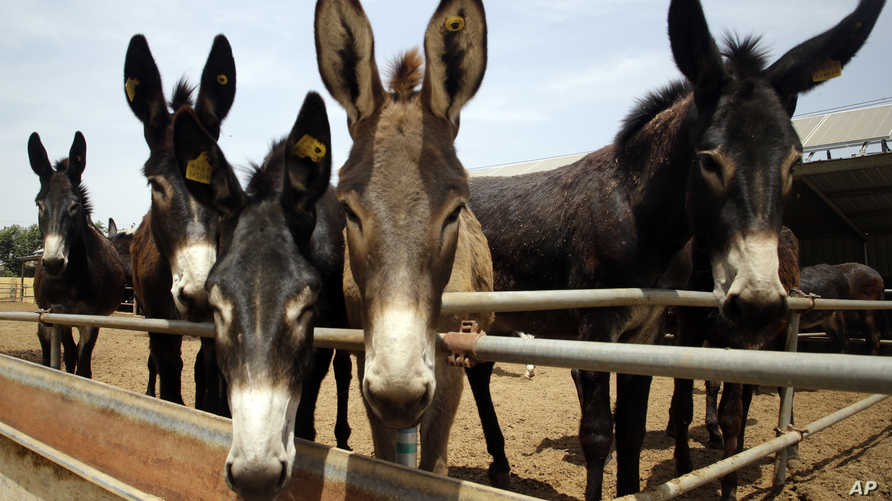The National Animal Production Research Institute says it has been able to increase its donkey population from 26 in 2010 to 150 in 2019.
The Executive Director of the Institute, Prof. Abdullahi Mohammed, disclosed this in an interview with the News Agency of Nigeria on Tuesday in Abuja.
Mohammed said the issue of donkey conservation by the institute arose when it was observed by the National Council on Agriculture that the donkey population was drastically depleting.
He said it started the conservation with 26 donkeys in 2010, adding that as at 2019 the number had increased to 150 in spite of insufficient funds and facilities to conduct research aimed at boosting the population of donkeys in the country.
Mohammed, however, attributed the low rate of production of donkey to its long gestation period, which was usually between 11 to 14 and half months from conception to birth.
According to him, the institute has the mandate to conduct research into all aspects of animal production in Nigeria.
He said: “In spite of the institute’s numerous challenges, research is ongoing aimed at improving the donkey production in Nigeria.
“We conducted some surveys into donkey producing areas in northern Nigeria followed up with similar surveys in donkey consuming areas, particularly in South East Nigeria.
“Subsequently, we were mandated to create a programme named: Equine and Camel Research Programme, to research into all aspects of donkey production.
“The basis for the establishment of the programme was that donkey population is depleting.”
The executive director, who frowned at the low population of donkey in the country, blamed it on slaughtering of donkeys in parts of the country either for consumption or sales of the skin.
Mohammed noted that the slaughtering of donkeys without any effort in production has made the animal an endangered specie and advised those indulging in the act to desist.
He noted that in order to boost the donkey population, there was the need to embark on its large-scale breeding.
According to him, such measure will require funding by the relevant authorities.
The executive director called for the establishment of donkey breeding centres in their natural habitats in the country, specifically in the North West and North East.
NAN reports that NAPRI was mandated to conduct research into increasing the productivity of animals through breeding, nutrition, management and socio-economic innovations and packages.
These animals include but not limited to cattle for beef and milk, sheep and goats for mutton and chevon, poultry for eggs and meat, pigs for pork, camels for meat and milk, rabbits for meat and donkeys for conservation and traction.
The institute also conducts research into forage production and management to complement breeding and management programmes for optimal productivity of the animals.

In this May 14, 2018, photo, donkeys raised by subcontractors of the world's largest donkey skin gel producer await for lunch in the city of Dong'e in eastern China's Shandong province. Growing hunger for the gel, known as "ejiao" in Chinese and believed to have medicinal properties, has greatly depleted donkey populations in China and pushed buyers to source skins abroad. (AP Photo/Sam McNeil)

